She connected via video call from Germany in September, after spending one week in Italy at the Bletterbach canyon – by then two weeks into ESA’s intensive Pangaea geology training that is taking Stephanie across Europe to learn more about Earth for Moon and Mars exploration.
Stephanie is now in Lanzarote, one of the Spanish Canary Islands, a pearl in the middle of the Atlantic Ocean for planetary studies. There are few places on Earth where tectonics, volcanism and conservation align to resemble a landscape from other planets. Pangaea trainers use Lanzarote as an stand-in for geology expeditions on the Moon. They believe that there are many lunar lessons we can learn from this barren world dotted by volcanoes.
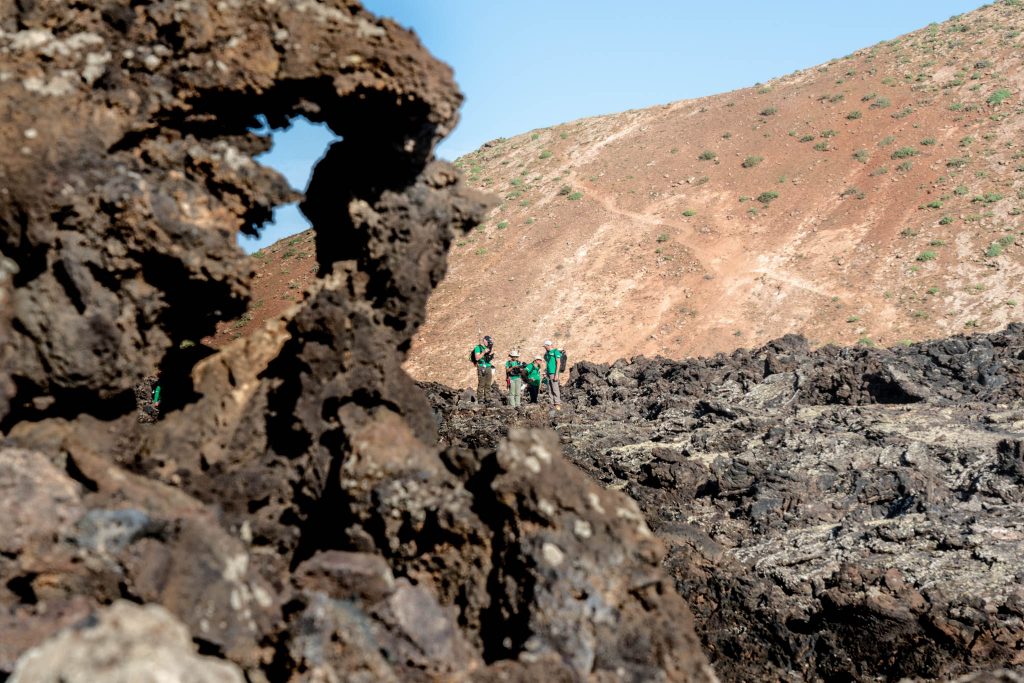
A veteran of three Space Shuttle flights, Stephanie is an engineer by heart and education. Before flying to space she studied structural dynamics and controls to model large flexible space structures and worked on projects such as the attitude control group for the Galileo spacecraft at the Jet Propulsion Laboratory in the USA. Once on the International Space Station as part of her Shuttle flights, one of her highlights was operating the robotic arm to both install and detach a module entirely built in Europe – Leonardo, the Multi-Purpose Logistics Module.
Stephanie is among the group of NASA’s most senior astronauts and is a member of the Artemis team as are all NASA astronauts, working to prepare for the next crewed Moon missions. As such, she or one of her colleagues could become the first woman to step foot on the lunar surface.
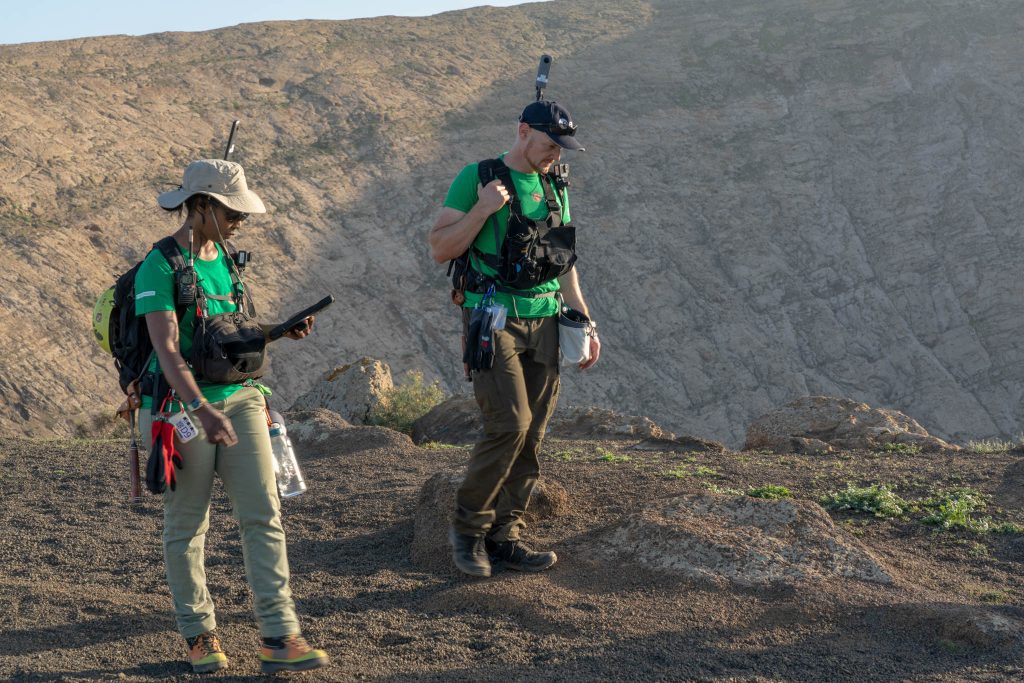
This is a summary of our conversation with her.
Question (Q): You are a bridge between the Apollo astronauts that came to Europe to learn about lunar geology and the Artemis team that is preparing to return to the Moon. How do you feel about it?
Answer (A): Being able to stand inside the Ries crater, the same place where some of the Apollo astronauts did some of their geology training for the Moon, makes me excited and humbled.
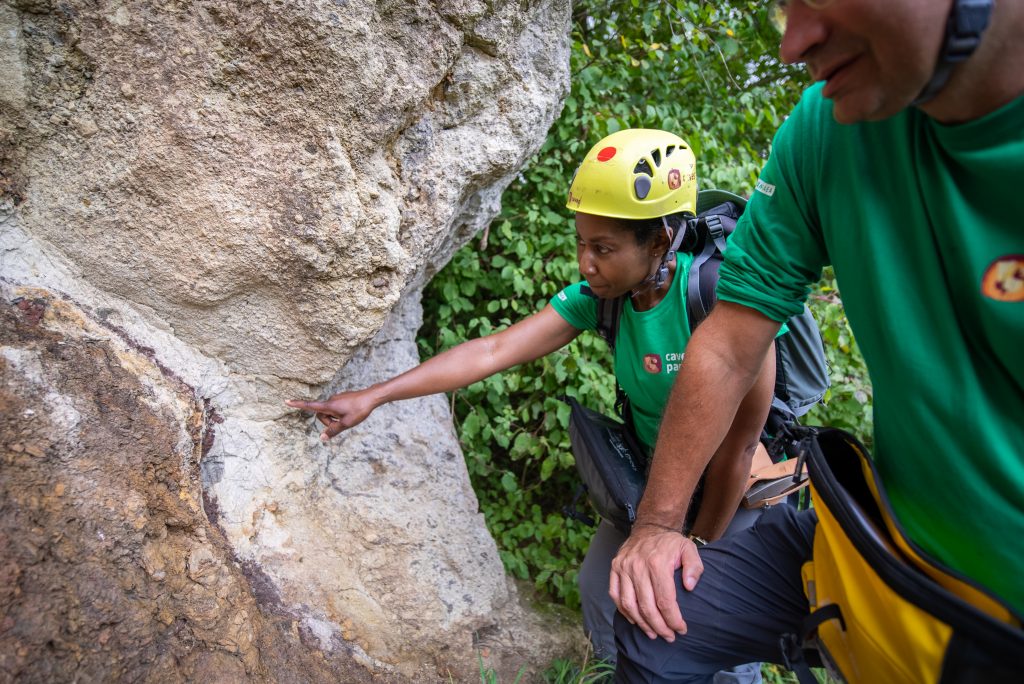
It is a bit daunting to think about being in the same place, training where the Apollo astronauts have been, but at the same time it is very rewarding to continue the foundation they laid. We are taking it a step further to advance our understanding of our own home planet, and to learn more about the Moon and the Solar System.
Over the past 60 years we have learned a lot. We have been able to do more imaging of the Moon, analyse the data in depth and have an expanded understanding because our tools have been refined. The knowledge gained will allow us to visit new locations and learn even more about the Moon. We are returning to the Moon to establish a sustainable presence with a lunar transfer vehicle, lunar base and more infrastructure. It is a very exciting moment for NASA and for our international partners – there is a lot of energy around the upcoming missions to the Moon.
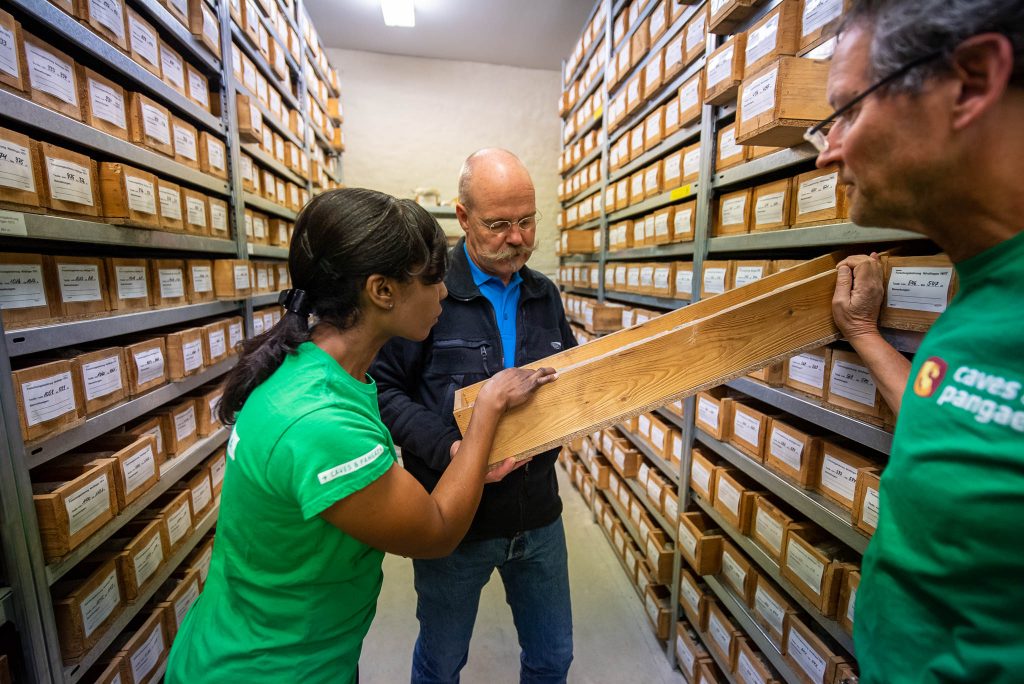
Q: You are a veteran space traveller, but have you ever been trained in Moon geology?
A: At NASA we receive training mostly focused on Earth geology with field trips to Colorado, New Mexico and Arizona in the United States, with an introduction to lunar and martian geology. While those courses provided a vast overview, these Pangaea courses provide in-depth geology training with much detail about the Moon and Mars.
The Pangaea team is very professional and knowledgeable, and used to working with international crews. It is very fun, encouraging and uplifting to work with this team. The information exchange has been wonderful.
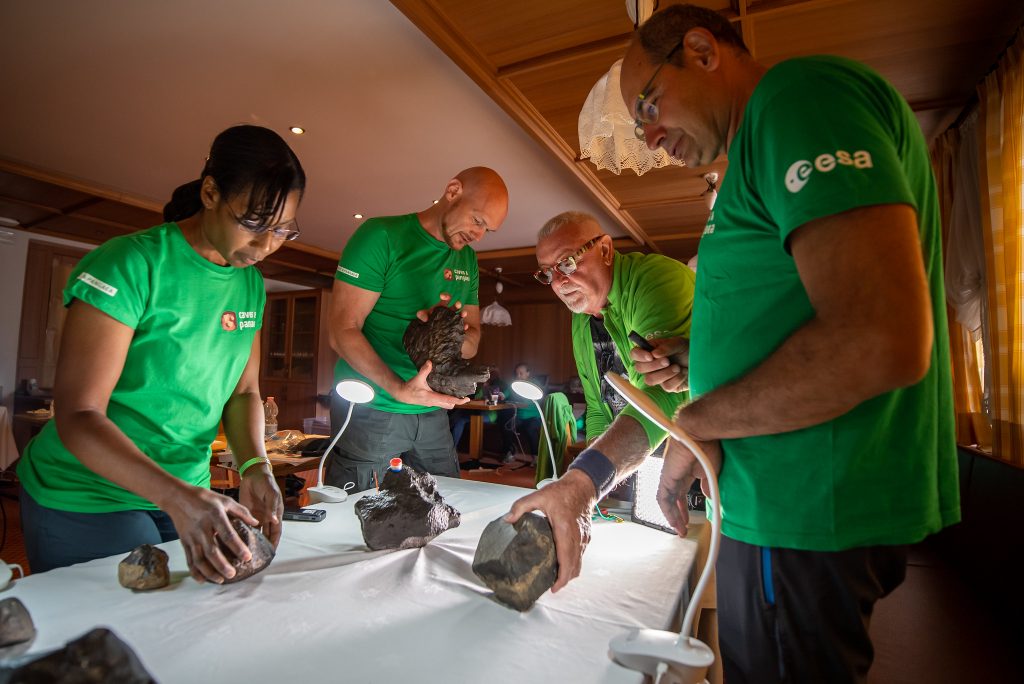
Q: All astronauts I spoke with reported a new way of looking at the rocks after doing this course. What new things is the Pangaea course teaching you about how to analyse the world around you?
A: This additional geology training enables me to view the landscape with a new perspective. When I see a geological formation, I want to know more about the history behind it. It has been very exciting to learn about how the Earth formed, and especially what happened in some regions of Europe, such as the Dolomites.
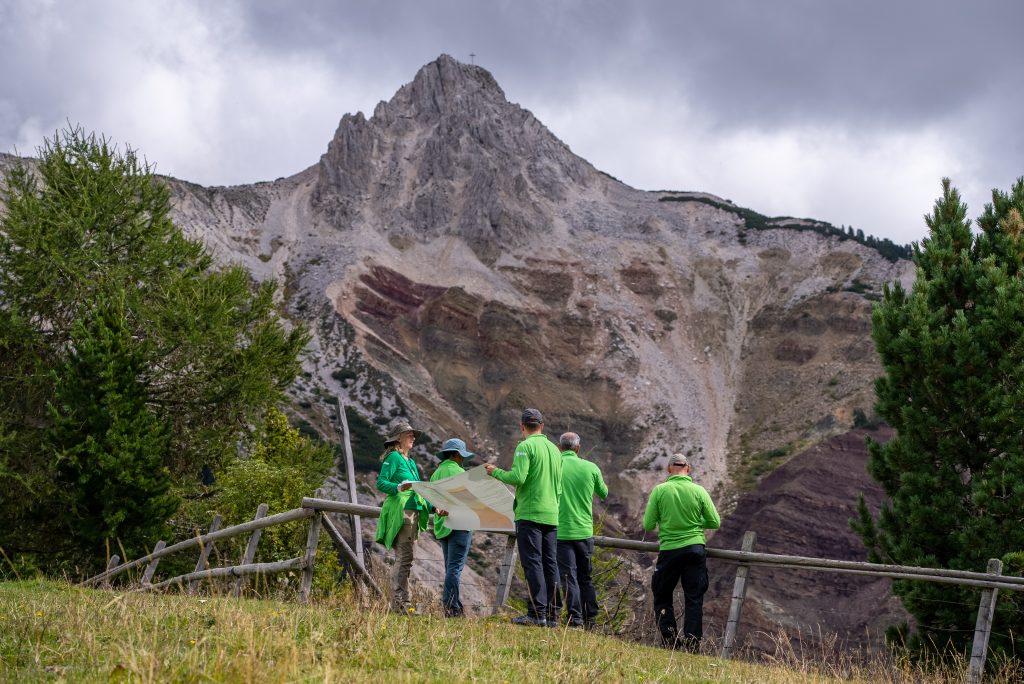
I have gained knowledge about different types of rocks and I am able to identify them in the landscape. I found to be very interesting the role that plate tectonics played in the formation of our planet and how all this information can be applied to other planets in the Solar System.
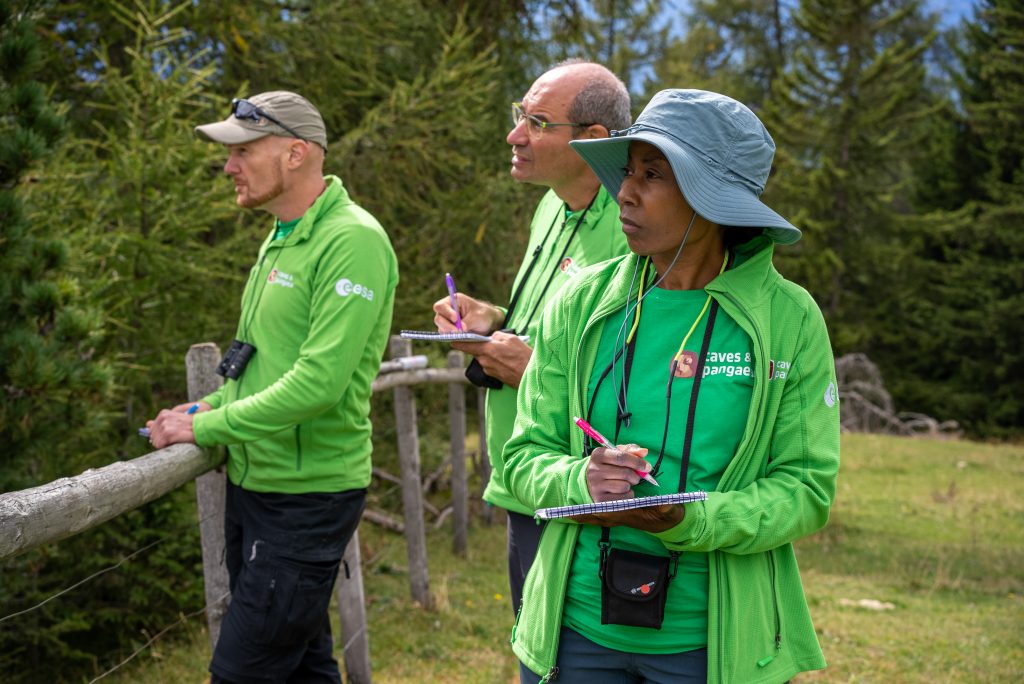
Q: What are you bringing to this geology training course?
A: I am an engineer by education and training, and I like solving problems and understanding new ideas. My engineering approach is to understand the big picture and drill down into the detail, always looking for ways to describe how the findings enrich our everyday lives. Prior to NASA I had worked in spacecraft operations and currently at NASA we are very operations focused. Bringing that operational mind-set to this training has been invaluable. I feel more prepared now to help plan our excursions to visit different outcrops on the lunar surface.
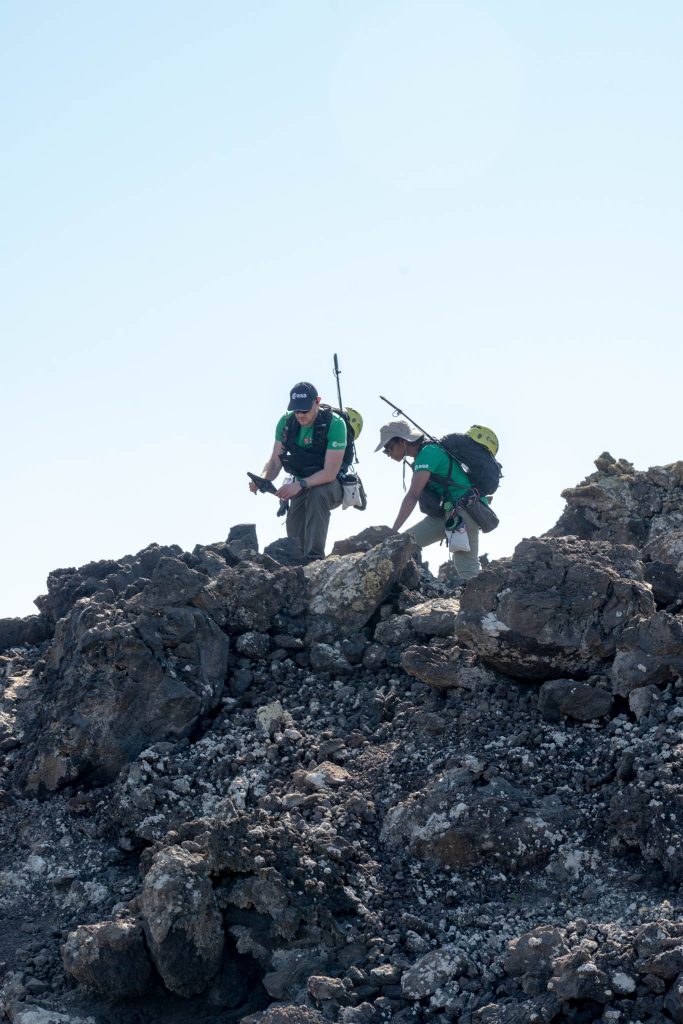
We will become the eyes of the geologists, and, working as a team, we will ensure that we are collecting the correct samples and giving the geologists the best geological description in order to optimise the science and sample return.
Q: When you go back to the United States and meet your Artemis colleagues, what will be the one thing that you will want to share with them about the Pangaea training?
I would want to share many things, but I think one important item would be the methodology. I would recommend that they employee a technique that would allow them to see and understand the big picture and then be able to ascertain the fine details of the environment. The combination of both perspectives is very important to tell the story about any landscape or outcrop, be it on Earth or on the Moon. The better they piece together those components, the more accurate the scientific results will be.
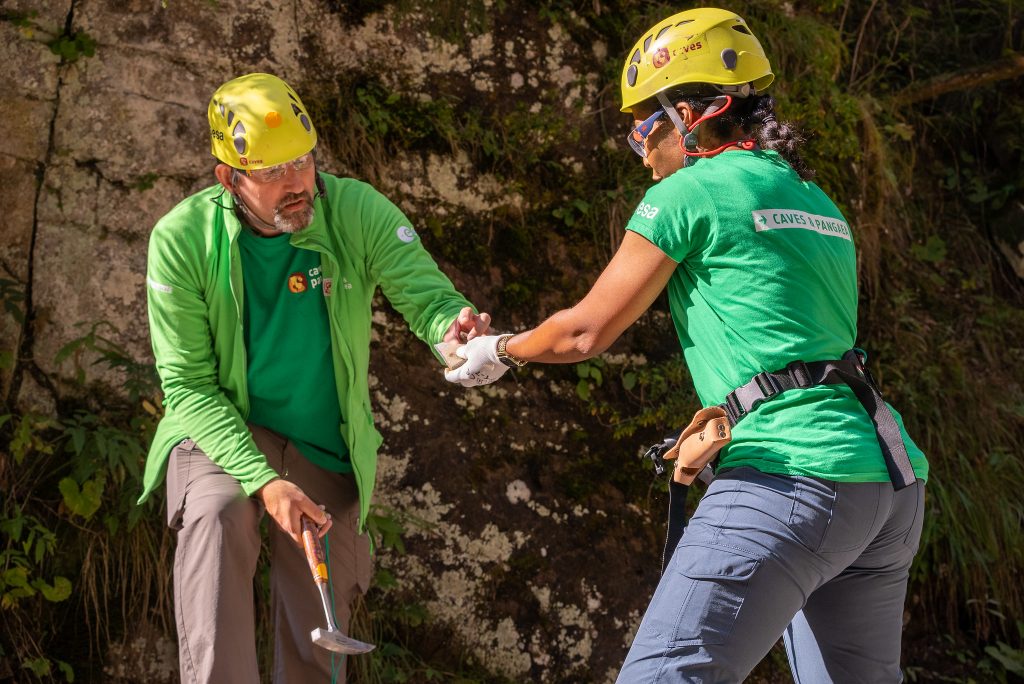
Q: Have you developed a liking for a particular type of sample?
A: Each rock and grain of sand tells a story. I think it is important not to overlook any of them, and I do not have a preference for the type of sample I would want to collect on the Moon. There is no bad sample. To me it is important to collect material from different locations including the interfaces between different material.
Q: If you could choose, where would you go: to the Moon or Mars?
A: I would pick Mars. We are using the Moon as a test bed for Mars. We are sending robotic rovers to learn more about the Red Planet while we prepare for the human missions. Mars is a also a good choice to inspire the next generation. The school children of today will be the generation exploring Mars. We need to encourage them to study STEM (Science, Technology, Engineering and Mathematics) so that we have a diverse and highly skilled group of candidates to explore our neighbouring planet.
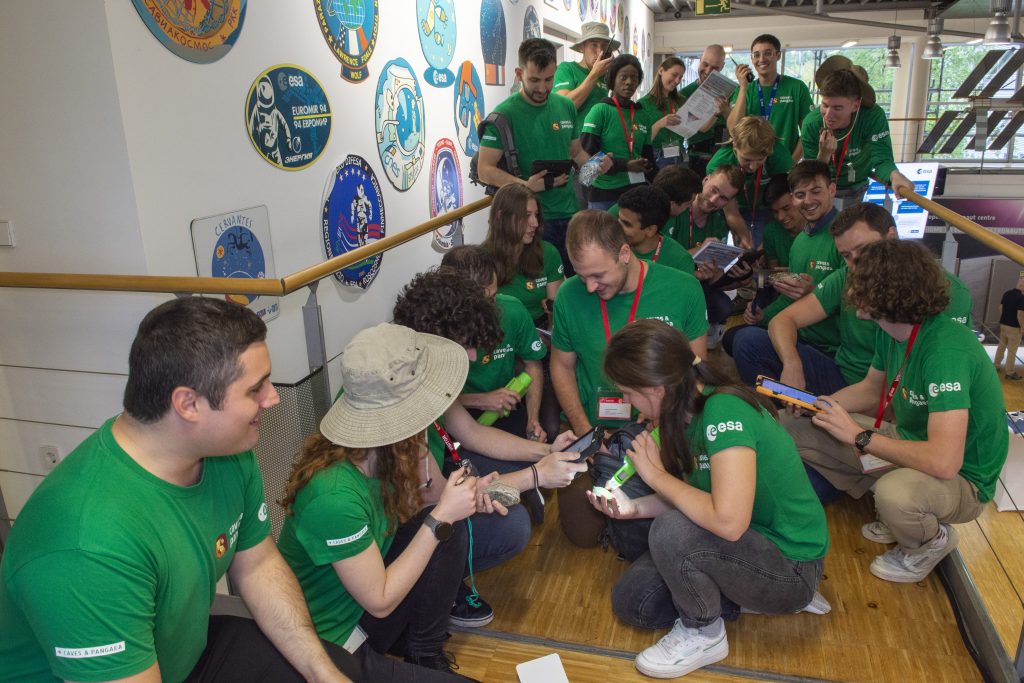
Q: What lesson are you taking away with you?
A: It is very important to bring these lessons learned about Earth and the Solar System back to the public, to be able to show the corollary between Earth, the Moon and Mars. We certainly want young people to be inspired by space exploration – we need their young minds to bring innovative solutions to the problems of the world. I hope that the work we are doing inspires the next generation to study STEM and to become scientists and engineers to further space exploration.
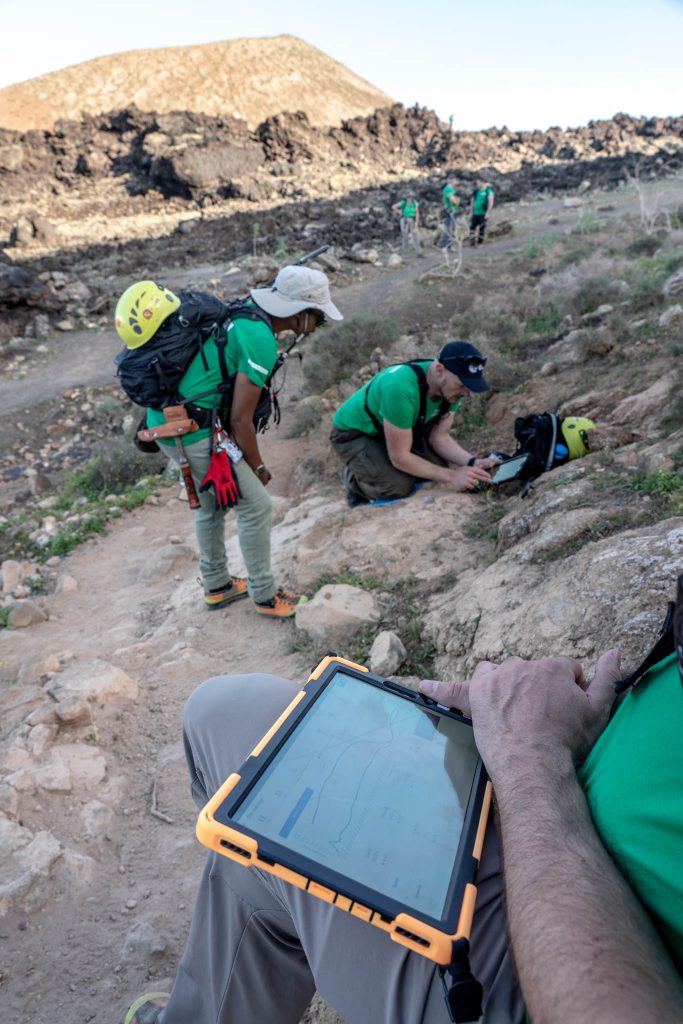

Discussion: one comment
Thank you for this look at the training program for future Moon and Mars missions.
We hope to contribute too with over a dozen Mars analogue studies (Austrian Space Forum AMADEE missions in Israel, Oman, Morocco, Utah, Eifel, Rio Tinto in Spain, Dachstein ice caves and several glaciers in Austria).